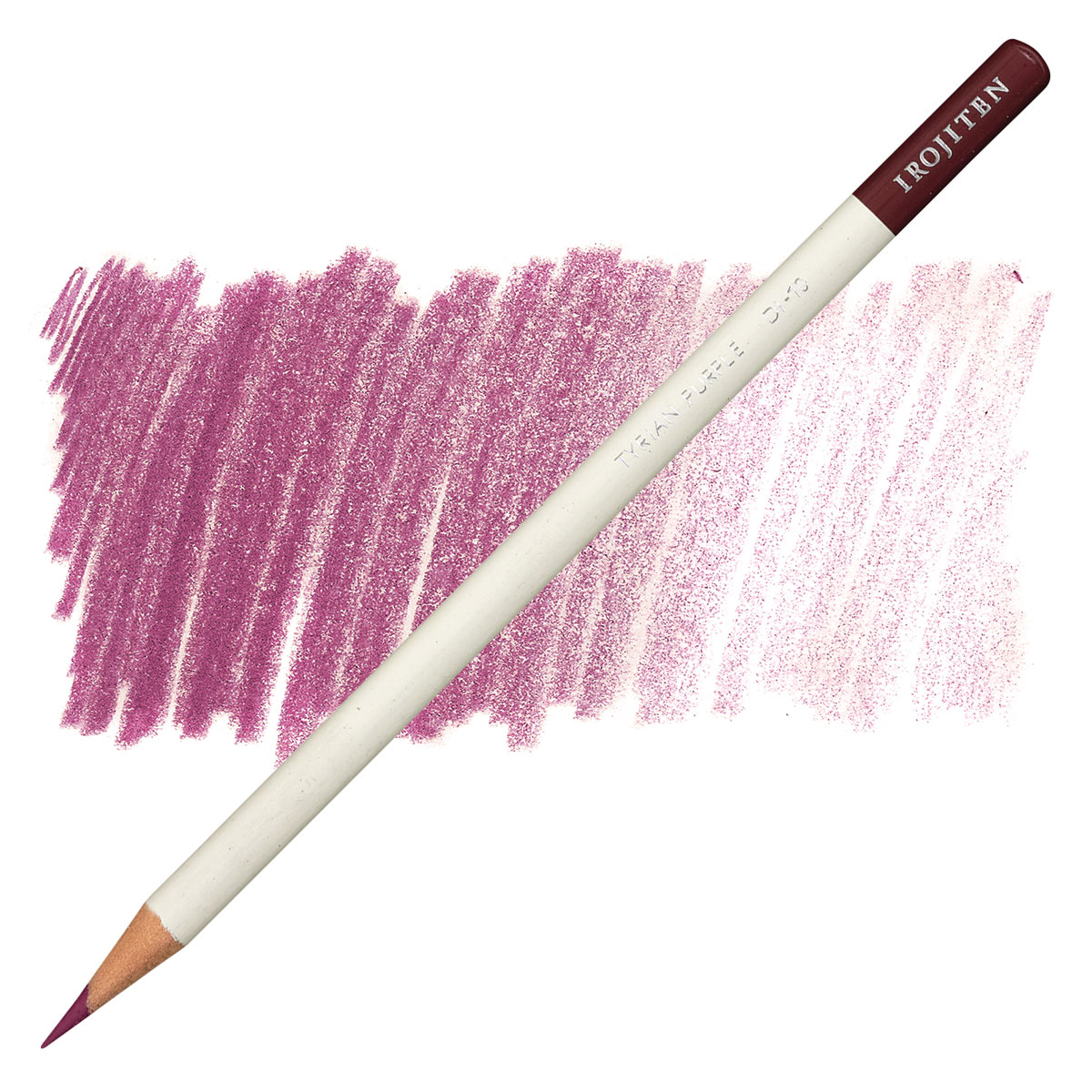

Valles-Regino, R., Mouatt, P., Rudd, D., Yee, L. An indigo-based polymer bearing thermocleavable side chains for n-type organic thin film transistors. Ambipolar organic phototransistors based on 6,6'-dibromoindigo. 25th anniversary article: progress in chemistry and applications of functional indigos for organic electronics. Indigo and tyrian purple-from ancient natural dyes to modern organic semiconductors. Royal purple-dye-tracing chemical origins of the industry.

Royal purple-dye-the chemical reconstruction of the ancient Mediterranean industry. Purple dyes made from shellfish in antiquity. Furthermore, it was demonstrated that 6BrIG overproducing cells can be directly used as a bacterial dye. These approaches led to 315.0 mg l −1 6BrIG production from tryptophan and successful synthesis of regiospecifically dihalogenated indigos. A consecutive two-cell reaction system was designed to overproduce regiospecifically brominated precursors of 6BrIG by spatiotemporal separation of bromination and bromotryptophan degradation. coli, a flavin reductase (Fre) that regenerates FADH 2 for the halogenase reaction was used as an N-terminal soluble tag of SttH. Since tryptophan halogenases are expressed in highly insoluble forms in E. Here, we introduce an effective 6BrIG production strategy in Escherichia coli using tryptophan 6-halogenase SttH, tryptophanase TnaA and flavin-containing monooxygenase MaFMO. However, its synthesis remains limited due to uncharacterized biosynthetic pathways and the difficulty of regiospecific bromination. Tyrian purple, mainly composed of 6,6'-dibromoindigo (6BrIG), is an ancient dye extracted from sea snails and was recently demonstrated as a biocompatible semiconductor material.


 0 kommentar(er)
0 kommentar(er)
